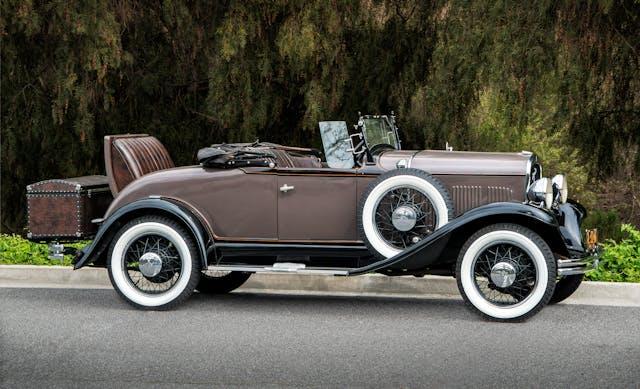What Makes Classic Cars a True Work of Art?
Classic cars have an allure that transcends mere functionality. While modern vehicles are admired for their technology and efficiency, classic cars capture the imagination with their timeless beauty, unmatched craftsmanship, and cultural significance. They are more than just modes of transportation; they are rolling works of art that tell stories of a bygone era. From their unique designs to the painstaking effort poured into every detail, classic cars stand as monuments to human creativity and innovation.
Sculptural Elegance: The Artistry of Design
Classic cars boast designs that resemble sculptures in motion. Unlike today’s vehicles, which often prioritize aerodynamics and uniformity, classic cars at www.beverlyhillscarclub.com emphasize individuality and style. Designers drew inspiration from architecture, nature, and art, creating flowing lines, sweeping curves, and bold chrome accents. The meticulous attention to aesthetics ensured each vehicle had its personality, making cars like the Jaguar E-Type or the Cadillac Eldorado not just automobiles but enduring icons of design.
Handcrafted Masterpieces
Another distinguishing feature of classic cars is the craftsmanship involved in their creation. Before the era of mass production and robotic assembly lines, vehicles were often handcrafted by skilled artisans. Every curve of the body, every stitch of the upholstery, and every detail of the dashboard was crafted with care. Materials like real wood, high-quality leather, and polished metals were commonly used, reflecting a commitment to quality and artistry that modern manufacturing rarely matches.
The Role of Innovation in Classic Cars
Classic cars were not only stylish and beautifully crafted, but they were also at the cutting edge of automotive innovation during their time. These vehicles blended technology with artistry, paving the way for features that are now standard in modern cars. For example, automatic transmissions, power steering, and advanced suspension systems were groundbreaking advancements that first appeared in classic models, transforming the driving experience. This seamless integration of engineering and design demonstrates that these cars were more than just transportation—they were also a canvas for experimentation and ingenuity, pushing the boundaries of what was possible in their era.
Emotional Connection and Nostalgia
Owning or even admiring a classic car often evokes a deep emotional connection. For many, these cars are tied to memories of a simpler, more romanticized time. They represent an era when driving was more than a necessity—it was an experience. The tactile feel of a wooden steering wheel, the rich sound of a carbureted engine, and the scent of aged leather interiors transport enthusiasts back in time, making classic cars as much about feelings as they are about aesthetics.
Cultural and Historical Significance
Classic cars also serve as cultural time capsules, offering a window into the values, trends, and aspirations of the era in which they were crafted. For instance, the muscle cars of the 1960s and 1970s are iconic symbols of post-war America, embodying the nation’s newfound optimism and its love for freedom, power, and speed. Similarly, European roadsters like the Mercedes-Benz 300SL exude sophistication and innovation, capturing the spirit of a time marked by rebuilding and creativity. Each classic car carries with it a narrative not only of automotive history but also of human ambition, technological advancements, and societal change, acting as a testament to the dreams and desires of the people and cultures who built them.
The Role of Restorers and Collectors
The art of restoring and preserving classic cars further solidifies their status as works of art. Restorers are akin to art conservators, meticulously reviving each detail while maintaining the authenticity of the original design. Collectors, on the other hand, play the role of curators, ensuring these masterpieces are preserved for future generations to appreciate. The passion, effort, and resources involved in this process underline the intrinsic value of classic cars as cultural and artistic treasures.
A Living Legacy
Classic cars are not confined to museums or private collections; they are living art pieces that continue to breathe life through events like car shows, vintage rallies, and Concours d’elegance. These gatherings offer a unique opportunity for enthusiasts and the general public to admire the exquisite beauty and intricate details of these vehicles up close. Participants and spectators alike can see the gleaming chrome, hear the roaring engines, and even experience the thrill of riding in them. Unlike traditional art, which is often housed behind glass or in static displays, classic cars engage all the senses—sight, sound, touch, and sometimes even smell—making them a truly interactive form of artistic expression.
Classic cars are much more than machines; they are true works of art. They embody the perfect balance of design, craftsmanship, innovation, and cultural relevance. Whether you’re an avid collector, a casual admirer, or someone new to the world of classic cars, it’s impossible to deny their artistry and impact. These vehicles continue to captivate us, proving that beauty, passion, and creativity never go out of style.

